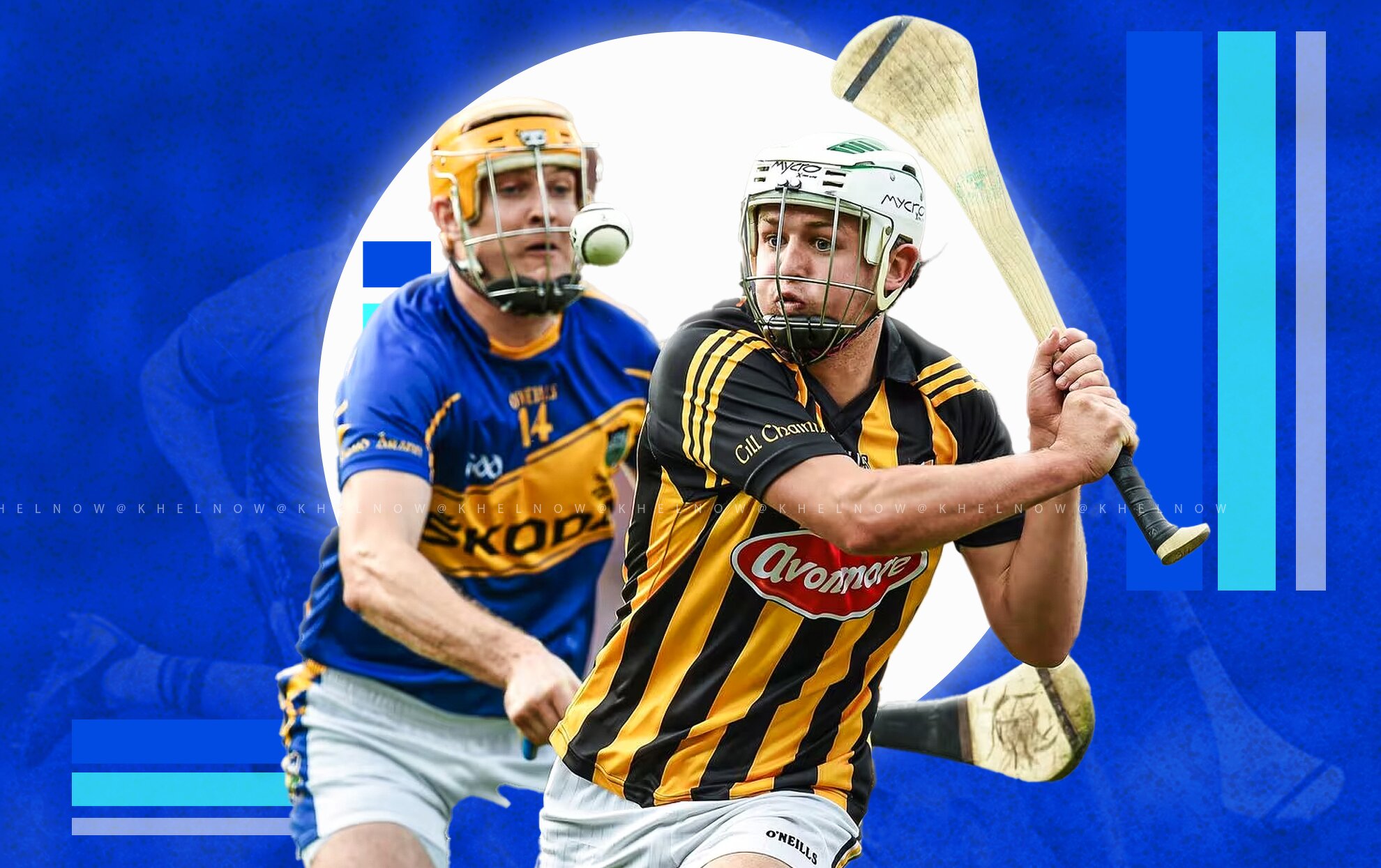Hurling: Origin, History, Rules, All You Need to Know

The sport has Irish origins.
Hurling as a sport may not have reached the corners of the world yet, but it’s picking up pace in terms of popularity particularly in Europe. The sport has Irish origins and holds a deep role in Gaelic traditions. People of Ireland passionately follow the sport and it’s spreading its influence across many European and North American countries.
Hurling is played by men and the sport played by women, which is similar is called camogie. While Hurling is quite common in Ireland and plays an important part in the culture, a big chunk of the world still needs to be made aware of the sport, its physically demanding nature, and its vast technicalities. It is a sport that combines the skills needed to play field hockey, lacrosse, rugby and more.
Irish locals describe the sport as one of the fastest and technical games on the grass. That alone can pique the interest of any sports enthusiast in any corner of the world. As Hurling spreads its influence, here is what one must know about the sport:
Origins
Hurling’s origins are older than the recorded history of Ireland itself. It is understood that the sport came to Ireland with the Celts and the earliest written references in Irish history go back to the 5th century. Another source claims the first written reference to hurling dates back to 1272 BC.
The sport enjoyed a golden period in the eighteenth century. The Irish Hurling Union at Trinity College Dublin in 1879 attempted to produce a written set of laws to give the sport legitimacy.
Interestingly, Hurling was an unofficial sport at the 1904 Olympics which were held in St. Louis, Missouri, in the United States of America. It remains the only occasion when Hurling enjoyed inclusion in the Olympics.
Rules
A hurling pitch bears resemblance to a rugby field but is larger, slightly. The rectangular grass pitch can be found stretching 130 – 145 metres (140 – 160 yards) long and 80 – 90 m (90 – 100 yards) wide.
Regarding the goalposts, H-shaped posts are put at each end, formed by two posts that are approximately 6 – 7 metres high, set 6.5 metres apart, and connected 2.5 metres above the ground with a crossbar.
A team consists of 15 players. The stick that the players use is called a ‘hurley’. As for the ball, it is called a sliotar. Points are scored when the ball is driven through the goals or is put over the bar, gaining one point. Furthermore, a team is awarded three points if it puts the ball in the net and scores a goal. The net is extended behind the goal, connected with the lower posts and the crossbar.
Timings are similar to football in that there are two halves. Senior inter-county matches last 70 minutes with two 35-minute halves. Other matches can last around 60 minutes with two 30-minute halves. The official/referee can also add extra time for stoppages at the end of the regulation period.
Speaking of the officials, there are eight officials involved in a match. An on-field referee, two linespersons, a sideline official/standby linesperson, and four umpires (two on either post). There is provision for yellow cards and red cards which can be shown to players for aggressive fouls and other violations.
For more updates, follow Khel Now on Facebook, Twitter, Instagram, Youtube; download the Khel Now Android App or IOS App and join our community on Whatsapp & Telegram.
Waseem is an AIFF-certified football coach and holds a degree in English Literature. He combines skills from both fields to write engaging content and uses factual data, such as statistics, to back his arguments. His expertise in sports is reliable due to his experience as a professional player, a coach, and an educator.